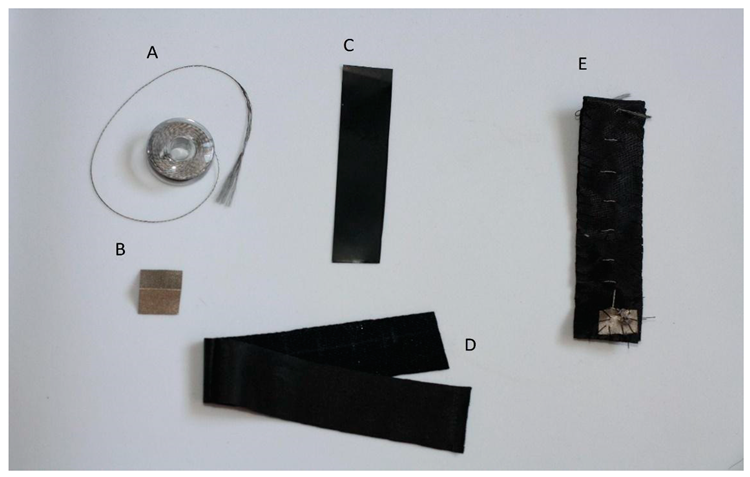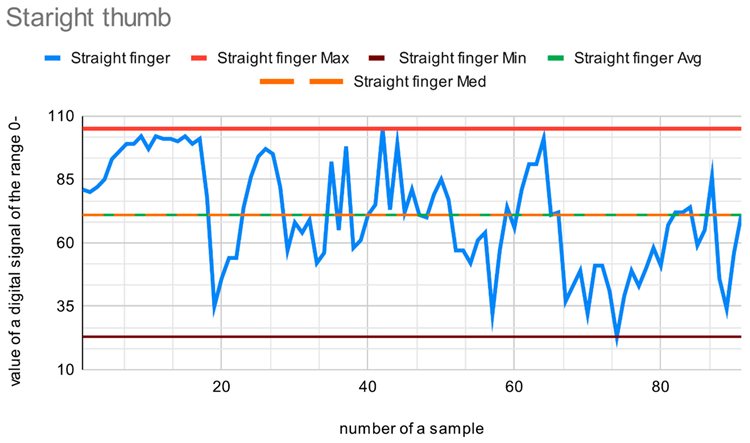New research published online in the journal Sensors has demonstrated the development of an innovative smart glove for translating sign language to enable enhanced communications between sign language users and other individuals. The paper has been authored by scientists from Lodz University of Technology in Poland.

Study: Textronic Glove Translating Polish Sign Language. Image Credit: New Africa/Shutterstock.com
Enabling Better Communication
Communication brings people together. Overcoming language barriers helps individuals connect and share information, life experiences, thoughts, and opinions and promotes cultural understanding. This is easier when individuals speak the same language but becomes increasingly difficult when language barriers are encountered.
Although it should be noted that not all deaf and hearing-impaired individuals use sign language, this is an important form of communication for more than 70 million people worldwide.
Aside from the deaf community, individuals with aphasia, autistic people, and hearing nonverbal individuals also learn sign language. Sign language is not commonly learned by individuals which are not members of these groups and the deaf and hearing-impaired communities unless they work directly with individuals, meaning that a considerable proportion of society cannot communicate with sign language users.
Recent technological advances in the fields of smartphones, telecommunications, artificial intelligence, smart sensors, and wearable technologies could provide routes toward overcoming language barriers and improving communication between sign language and non-sign language users. Smartphones are a near-ubiquitous technology in the 21st century,

The photo of two sides of the materials (front and back) used for the research: (a) Velostat, (b) Cordura, (c) Goretex membrane. Image Credit: Korzeniewska, E et al., Sensors
Current Solutions
Taking Poland as an example, there are approximately 100,000 Polish sign language users out of around 850,000 deaf and hearing-impaired individuals. Until now, most solutions for translating sign language into Polish and other languages are software based.
This solution, however, is problematic. Services are typically unavailable in both private and public locations, with limited access for sign language users. This approach also encounters problems with an individual’s focus and comfort as communication is recorded, presenting issues such as privacy and a lack of willingness to engage with technologies.
A Better Way – Translating Sign Language Using Electronic Gloves
Sign language, whether it is spelling individual letters or forming entire words, is gesture-based, involving complex hand movements and finger bending. Some words in sign language can be incredibly similar to each other, causing some slight issues with communication.
Communication devices should be as unimposing and inconspicuous as possible as well as unburdening for the user. A glove-based smart communication system is comfortable for the user, does not reduce motion ranges, and has no impact on the individual’s well-being. Moreover, smart gloves allow natural communication, as sign language is hand-based.
Several studies have been performed recently into developing glove-based sign language translation and communication systems. However, there are still significant challenges to overcome, with one study only developing a system that translates only US sign language, which differs from British sign language in terms of pronunciation despite being a similar language.

The bend sensor (E) and its components—conductive thread (A) and material (B); Velostat (C) as the core, and a piece of fabric (D). Image Credit: Korzeniewska, E et al., Sensors
The Study
The paper has demonstrated an innovative smart glove-based sign language translation and communication device based on the principles of textronics. Textronics is a field that incorporates materials, electronics, textiles, and advanced software. Textronic technologies have already been employed in areas such as electromagnetic face shielding, rehabilitative medicine, and microorganism detection.
The technology developed by the authors incorporates sensors that detect bending and an accelerator. In conjunction with innovative, proprietary software, the device can effectively translate Polish sign language. This system can be adapted to other sign languages, such as British or US sign language.
The novelty of the system is that it does not need the production of a whole device but can rather be integrated into any glove and adapted for sign language translation. Bend sensors can be attached to the material surface on the inside of existing gloves. The device can be used to input data directly into a computer or a smartphone without the need for a keyboard.

Data from the sensor on a straight thumb. Image Credit: Korzeniewska, E et al., Sensors
Whilst the device’s letter interpretation is not fully precise, this solution is a promising one. Even a slight difference in hand motion or finger flexing can form a completely different word or letter. However, the system can interpret over five hundred signs, with an accuracy of 86.5%.
Whilst there are still some key challenges with the technology, the authors have suggested improvements. One such improvement is the addition of an additional bending sensor on the forefinger. This could differentiate between the finger’s bend level and its bending level in relation to the palm. Incorporating further parameters to define hand orientation could also improve the system.
The results of the study represent an innovative solution that is a promising step forward in communication between sign language and non-sign language users.
Further Reading
Korzeniewska, E et al. (2022) Textronic Glove Translating Polish Sign Language Sensors 22(18) 6788. https://www.mdpi.com/1424-8220/22/18/6788
Disclaimer: The views expressed here are those of the author expressed in their private capacity and do not necessarily represent the views of AZoM.com Limited T/A AZoNetwork the owner and operator of this website. This disclaimer forms part of the Terms and conditions of use of this website.